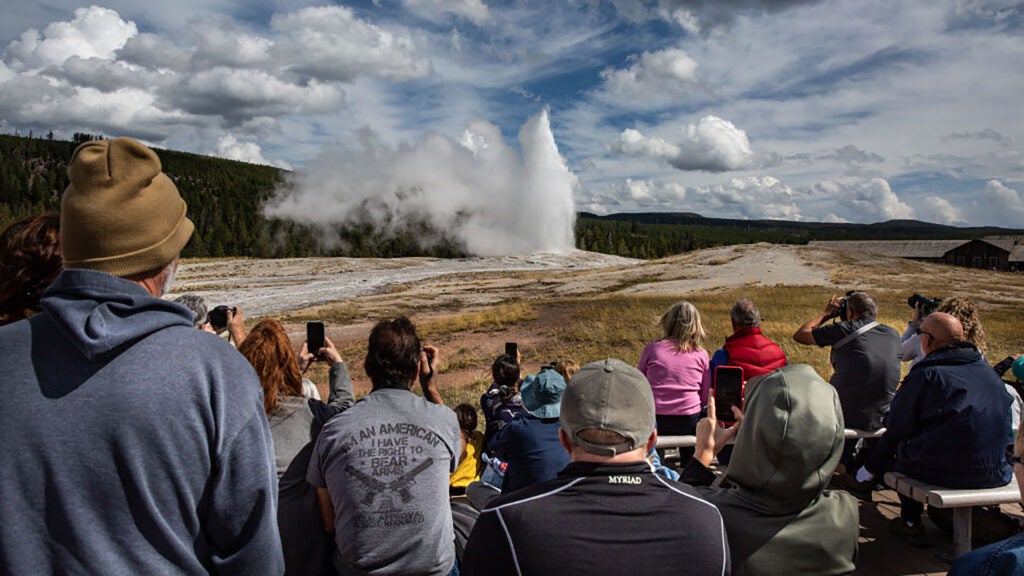By now, many are aware of the significant staffing crisis unfolding across U.S. national parks, affecting popular destinations like Yellowstone and Yosemite. This ongoing issue has garnered considerable media attention, especially after the National Park Service (NPS) recently laid off around 1,000 employees, comprising nearly five percent of its workforce. This development has sent ripples through both national and local news channels, leading to heartfelt testimonies from those affected.
Impact of Recent Layoffs on National Parks
The mass layoffs were executed on February 14, leading to widespread dismay among employees dedicated to preserving and managing these natural treasures. Brian Gibbs, one of the laid-off rangers, shared an emotional reflection on social media, identifying his roles in maintaining trails and connecting with visitors, underscoring the personal costs that accompany such workforce reductions. While the NPS has not provided substantial comments about these layoffs, they mentioned an ongoing assessment of staffing needs for the upcoming season, focusing on public safety and access.
The Broader Context of Workforce Reductions
This staffing crisis is a direct outcome of the Trump Administration’s initiatives aimed at reducing the size of the federal government. With a hiring freeze enacted across various federal agencies in January 2024 and subsequent buyouts offered to eligible workers, layoffs have been extensive, affecting numerous government sectors. The NPS has confirmed that these layoffs span all 63 national parks and 433 areas under its management, impacting critical positions, including wildlife biologists and park guides.
Services Likely to be Affected
Experts caution park visitors should brace for diminished services as a fallout from these cuts. Kristen Brengel, of the National Parks Conservation Association, warned of fewer available personnel to manage tasks ranging from trail maintenance to visitor assistance. Visitors can expect to encounter longer wait times at visitor centers, unclean restrooms, and even overcrowded trash bins as staffing levels dwindle.
The Layoff Process and Its Rationale
The layoffs appear to have disproportionately affected employees on “probationary” status, a designation that often includes recently hired or promoted staff within the first year of their employment. According to sources, many laid-off workers held substantive technical expertise, prompting concerns over the potential implications for the preservation efforts of national parks moving forward.
Temporary Hiring Relief Amidst Crisis
In an unexpected twist, the NPS has reportedly received an exemption from the federal hiring freeze, allowing for the rehiring of approximately 5,000 seasonal workers who had their offers rescinded earlier this year. This decision comes just before the peak summer season, a crucial period when national parks heavily rely on seasonal labor. However, concerns persist regarding whether these temporary hires can genuinely offset the loss of skilled, full-time workers.
Encouragement for Visitors Despite Staffing Shortages
In light of the current circumstances, experts still encourage families to visit national parks this summer. It is advised that visitors plan ahead, being aware of potential trail closures and reduced services. While the experience may not be as seamless due to administrative hurdles, Gibbs and others emphasize the importance of appreciating the resilience of remaining staff and exercising understanding for their situation.
Conclusion
The staffing crisis within national parks has created a turbulent environment that could impact the visitor experience significantly. Despite current challenges, a proactive approach from visitors, alongside community support, may help maintain the sanctity of these cherished natural resources. For further insights into the vital work undertaken by national parks, consider visiting the official National Park Service website.
